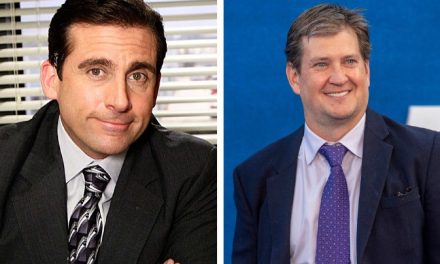From Dracula to Twilight, vampire stories have captured audiences for hundreds of years. And one of the most iconic pieces of vampire media hit the scene in 1976, with the publication of Anne Rice’s novel Interview with the Vampire.
The book ultimately launched Rice’s Vampire Chronicles series, which sold millions of copies worldwide. Rice’s vampires further solidified themselves into our cultural psyche with the 1994 film adaptation of Interview with the Vampire, starring Brad Pitt, Tom Cruise, and Kirsten Dunst.
Decades later, Louis, Lestat, and Claudia are making their way back to our screens with a new series adaptation on AMC.
The Interview with the Vampire series stars Jacob Anderson as Louis, Sam Reid as Lestat, Bailey Bass as Claudia, and Eric Bogosian as (human) journalist Daniel Molloy.
Is the AMC series a faithful adaptation of Anne Rice’s novels?
Absolutely – though maybe not in the way you’re anticipating.
What I mean is that Interview with the Vampire isn’t a scene-for-scene recreation of the events of Rice’s novel. The AMC series definitely makes changes: the timeline has been tweaked; both Claudia and Molloy have been aged-up; Louis is Black. These things do fundamentally affect the story, and the show isn’t afraid to address these changes head-on.
But Interview with the Vampire succeeds as an adaptation because even without a start-to-finish, page-to-screen, direct translation approach, the show still feels like Interview with the Vampire should. The characters, the plot, even the atmosphere – everything comes together in this series to craft a world that will be familiar to fans of Rice’s novels.
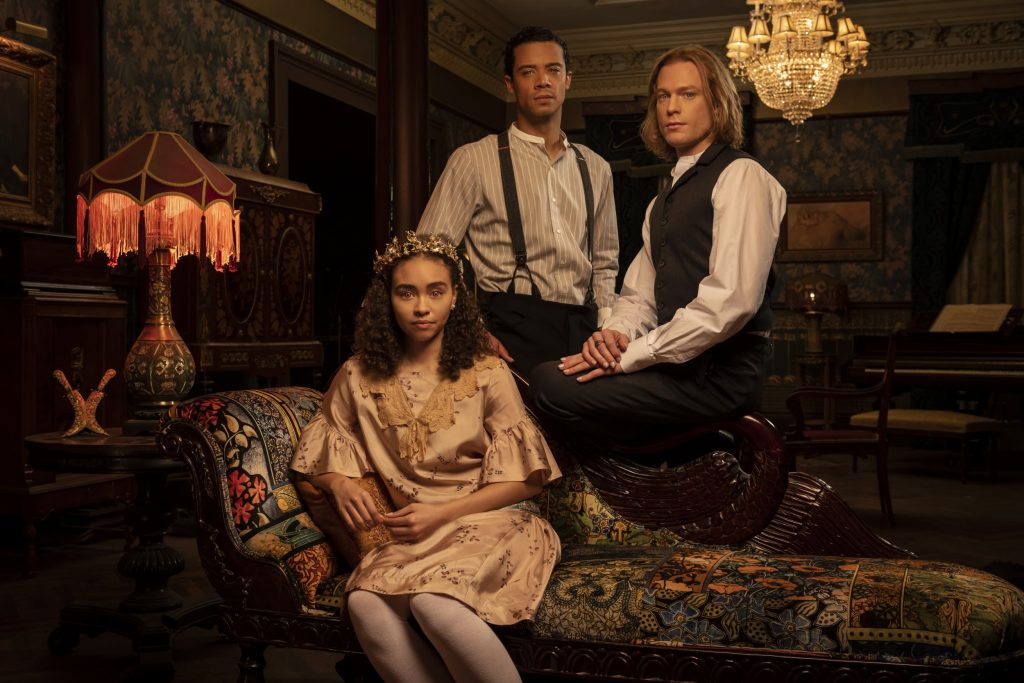
As an avid reader who has many times been burned by a terrible book-to-screen adaptation, perhaps the highest praise I can give Interview is that it undoubtedly comes across as a faithful adaptation. This series was very obviously lovingly crafted by people who have a deep knowledge and respect for Rice’s Vampire Chronicles as a whole. Frankly, I think other people adapting books to screen could learn a lot from what Interview with the Vampire has managed to create.
If I haven’t read Interview with the Vampire, can I still enjoy the show?
Again, absolutely! This show does a great job setting up its world in real time. Thanks to the flashbacks showing Louis’ transformation into a vampire, the audience learns about the powers and limitations of these immortal beings just as he does. You’re not going to understand everything up front, but that’s part of the series’ charm. (Like Molloy, you’ve got to sit through the interview to unravel the whole story.)
Everything you want from a vampire story
As Anne Rice fans already know, Interview with the Vampire truly delivers everything you could want from a vampire story.
Are you looking for stunning supernatural powers, from increased speed and strength to telepathy and compulsion? You’ve got it. What about blood and gore? Temptation and vice? The thrill of the hunt? Check, check, and check.
Do you crave immortal romance – and the accompanying inevitable immortal angst? Of course Interview with the Vampire delivers. We’ve got societal drama, interpersonal drama, family drama, murdered-a-prominent-town-figure drama. We’ve got a story that spans centuries, immersing you in different eras of a vampire’s long life.
And to top it all off, we’ve got the costuming, set design, and visual effects to pull it all together.
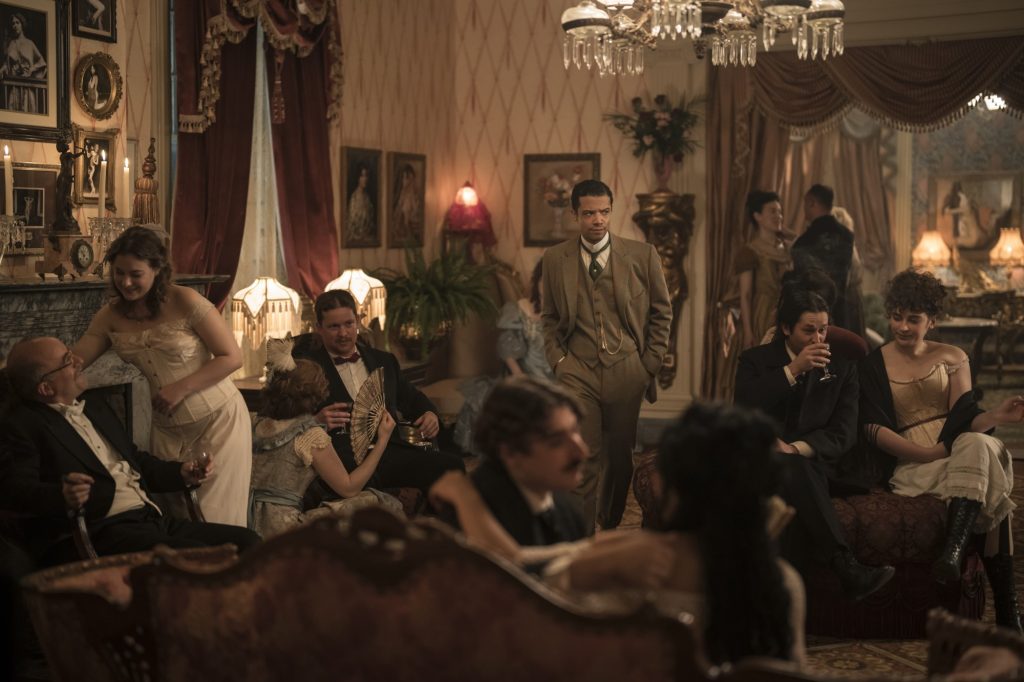
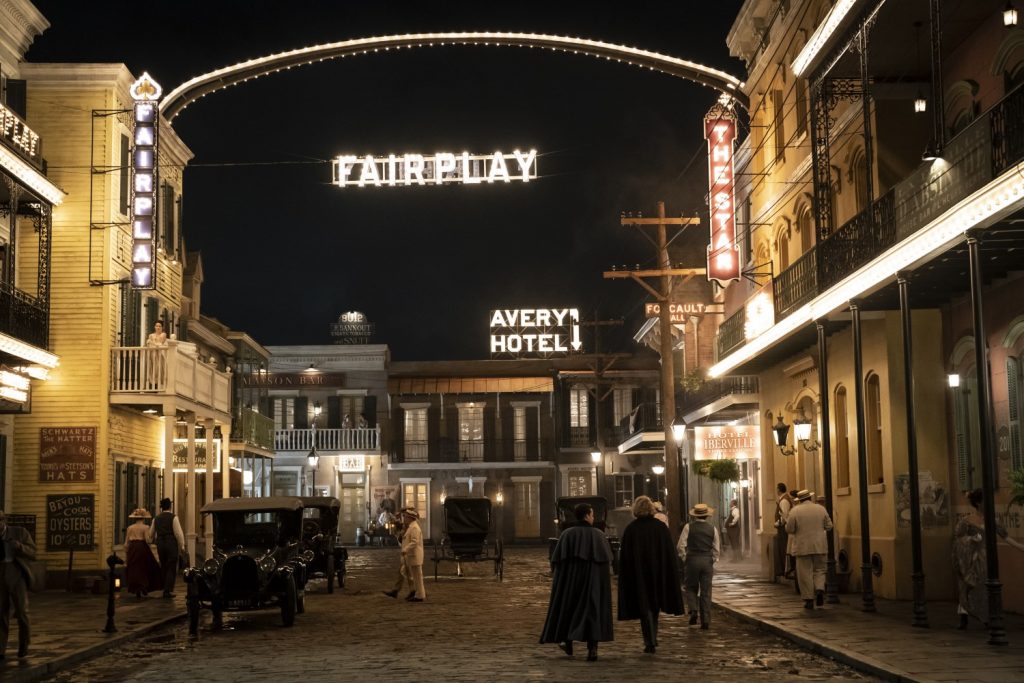

AMC’s Interview with the Vampire really is an immersive, intricately constructed world. That’s an admirable accomplishment for any series, but it seems doubly standout here, in a show that spans multiple centuries and locations across the world. Even as the world changes, the strength of its characters and themes ground the viewer and keep us coming back for more.
Meet your Louis and Lestat
Kudos to the casting team for finding Sam Reid to play Lestat, because I truly could not name another actor with stronger Vampire Energy than this man. I mean sure, Reid’s got a killer (ha) jawline and cuts an imposing figure. But it’s the little things that really sell it – the way Reid’s Lestat tilts his head and gives a look that simultaneously screams “danger!” and makes you want to get closer. I feel like I could show someone any scene with Reid in this series, and without knowing the show they would still be able to flag the sinister and unnatural (but compelling) energy Lestat puts out.
Our other lead, Jacob Anderson, is tasked with quite a challenge in playing Louis. Since the series follows Louis’ reflection on his life as a vampire, Anderson plays different versions of the same character. Somehow, he manages to make present-day vampire Louis feel distinct from 1900s vampire Louis, and different still from pre-transformation human Louis. It’s certainly a lot to ask an actor to imbue their character with over a century of growth, change, and experiences, but Anderson pulls it off easily.

And we all know any vampire story – especially Interview with the Vampire – needs chemistry between its leads. Anderson and Reid have that in spades, delivering more in a single look than I’ve seen in some entire romance-driven films. (And yes, if you’re wondering, these two will go beyond looks of longing.) A few episodes into the series, their immortal family expands to include Bailey Bass’ Claudia. Bass brings an entirely different energy to her role, which lets us see yet another side to vampire life.
One of the best updates the series makes is aging up the novel’s interviewer; in the book, the journalist interviewing Louis is described as a boy, and his youth and naivete color the story he gains. But Bogosian’s Molloy is a seasoned reporter who’s learned from the missteps of his youth. He doesn’t just let Louis wax poetic about his (undead) life. He actively questions the vampire’s narrative, pointing out inconsistencies and exposing his deeper intentions. In this way, Molloy acts as the audience’s plant, asking the questions we have and uncovering the story we want to know, not just the story Louis wants to tell.
Diving into immortal morality
That brings us to the overarching themes of Interview with the Vampire. Beyond bringing the novel’s characters to life, this is where the series really shines – perhaps where it’s the most clear that the creative team truly understood the assignment with this adaptation.
There’s a line pretty early in Rice’s Interview with the Vampire that’s always stuck with me as the core of the book. Lestat tells Louis, “Evil is always possible. And goodness is eternally difficult.”
At its core, Louis’ story is about a search for morality. Even before Lestat turned him into a vampire, he grappled with the concept. He’s a Black man whose family wealth comes from sugarcane; he’s gay in a time period where that’s considered sinful and unnatural; he’s sustaining his family by capitalizing on the vices of New Orleans.
And navigating morality only grows more difficult for Louis once he’s a vampire, his lingering empathy and desire for goodness conflicting with his thirst for blood. His partner, in contrast, foils his conflict perfectly; Lestat doesn’t just kill to survive. He kills for enjoyment, and because he believes it is his right to do so.
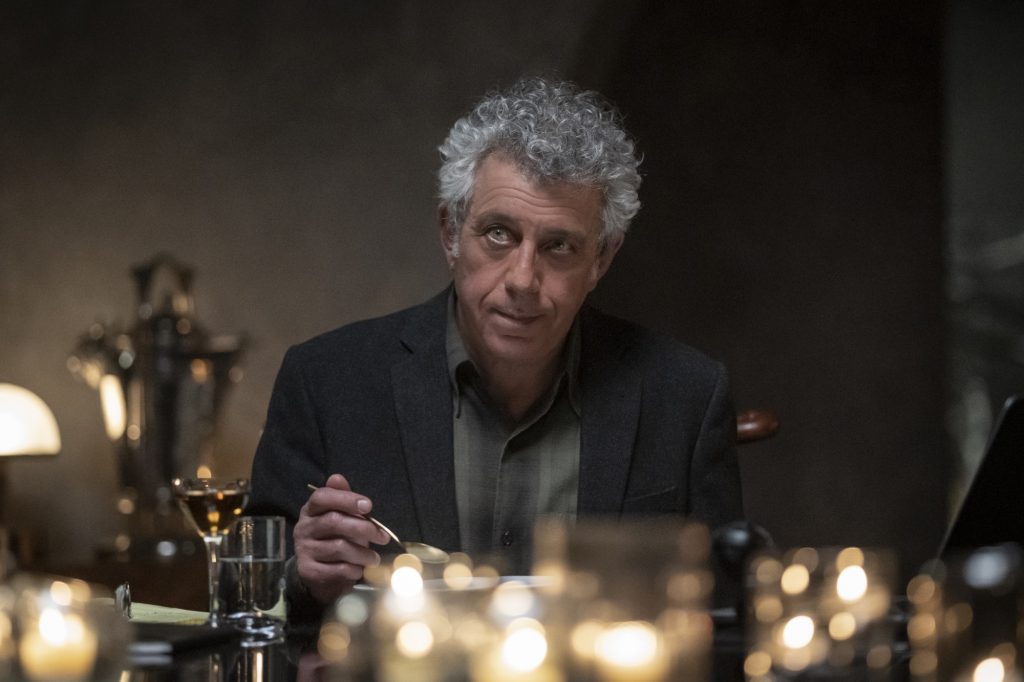
Vampire stories draw us in for so many reasons – a fascination with the supernatural and macabre, the intrigue of immortality, the primal nature of survival, the connection to feeling like an outsider. But Interview with the Vampire also brings the issue of goodness and morality into play in a way that is just so deeply human.
If evil is always possible, is it inevitable? Would we have the strength to remain good if we had to make that choice for 100 years? For 1000? What does morality mean when you live forever?
(Can you tell I’ve also been re-binging The Good Place recently?)
All that is to say, Interview with the Vampire succeeds for a lot of reasons. A brilliant cast, an immersive world, a story with all the supernatural hallmarks and excitement of a great vampire tale. But this series sticks because it knows how to hit us right in our humanity – and that makes it the best adaptation Vampire Chronicles fans could hope for.
Interview with the Vampire premieres on AMC October 2. Episodes will also stream on AMC+.

![Interview with the Vampire: A Top-Tier Adaptation To Renew Your Faith In Vampire Media [Review]](https://thathashtagshow.com/wp-content/uploads/2022/09/project_20220921_1143343-01-1200x640.png)

![Batman Reptilian 1 – Reptiles Require Patience [Review]](https://thathashtagshow.com/wp-content/uploads/2021/06/Batman-Reptilian-1-1-440x264.jpg)
